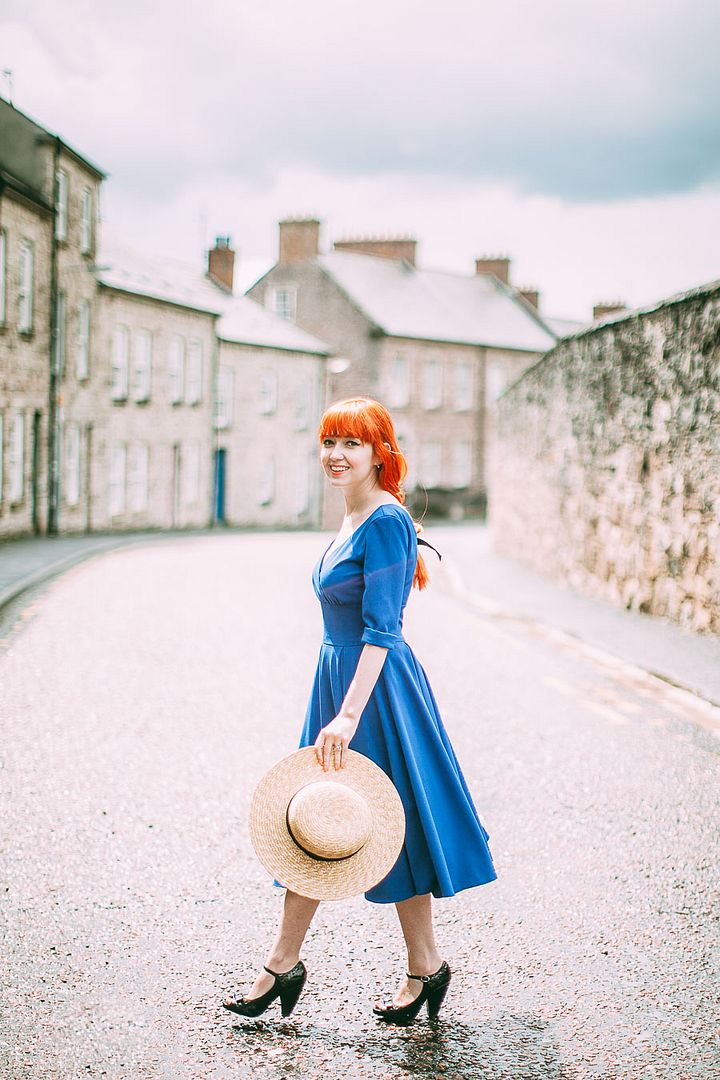
Thomas and I live in a village. I have to remind myself to refer to it as a village and not a town because the two terms feel interchangeable to me.
The only difference being "village" sounds outdated and "town" rolls off my tongue more easily. But here these terms actually have very specific meanings; it's one of the differences between British English and American English. Our village is indeed small with only a couple of shops (the main shop is actually, delightfully, named "The Village Shop") and houses, but it isn't the size that designates it as a village. Rather, a village doesn't have a Cathedral or market (although it can have a church). To be a city you must have a Cathedral, but the population of said city could be less than that of a neighboring town. So some cities are actually smaller than towns. To be classified as a town you must have a market. Another one I never even imagined had specifics to it is a hamlet. When I picture a hamlet, pastoral scenes of rolling green hills and pristine white sheep are conjured into my mind. But in fact a hamlet is where a couple of houses are clustered together at a crossroads; they don't have a church or shops.

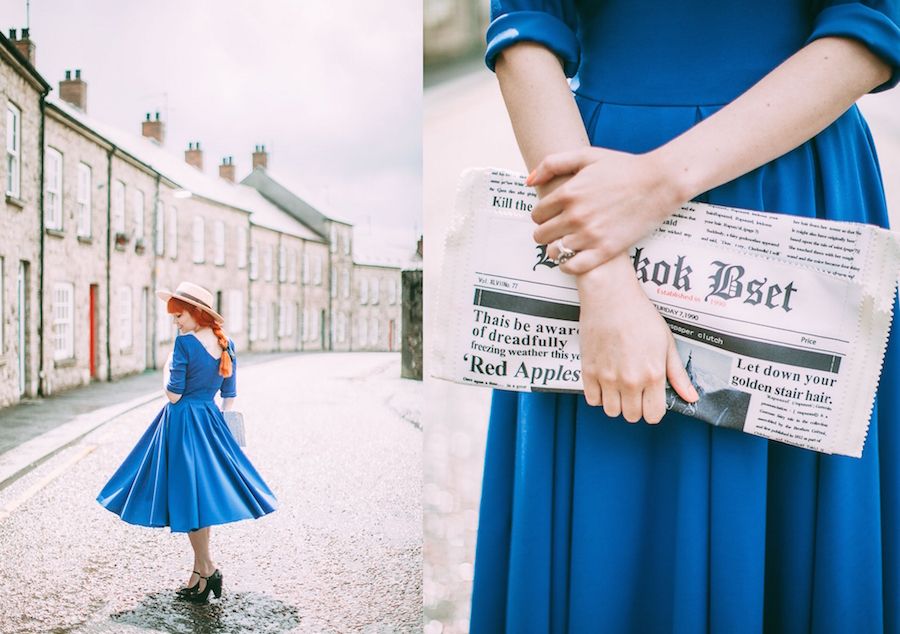

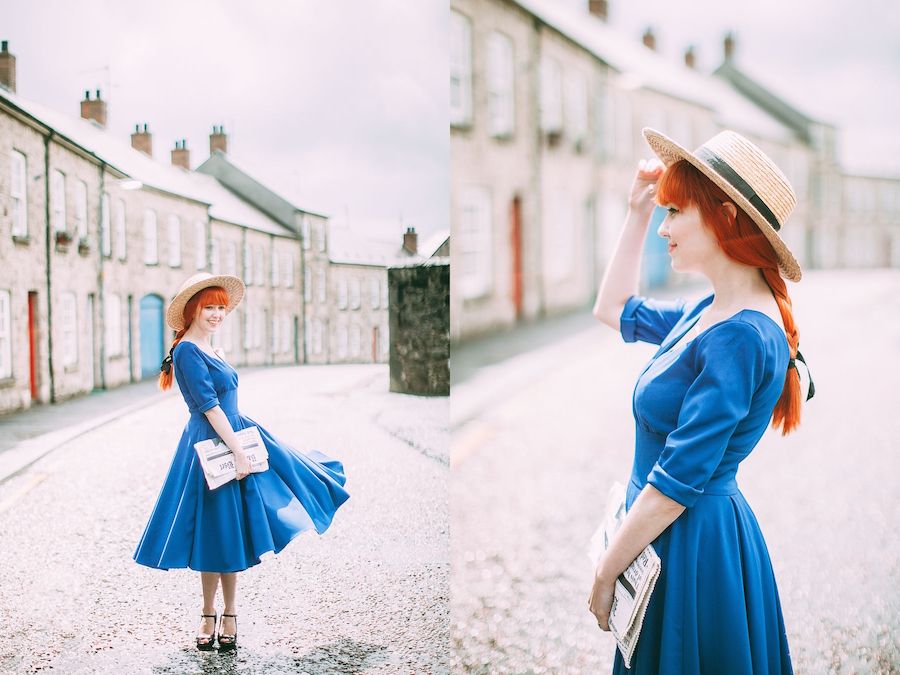
These pictures were taken in a city that has two Cathedrals, but this particular charming street of stone houses and brightly colored doors always feels more like a quaint town (or village?) to me. These houses are very much what I picture Ireland to look like when I imagine it--old stone buildings with colorful doors. And of course there is that here, and those famous rolling green hills, but it's also so much more and the architecture; cities, villages, and hamlets are quite varied as well...
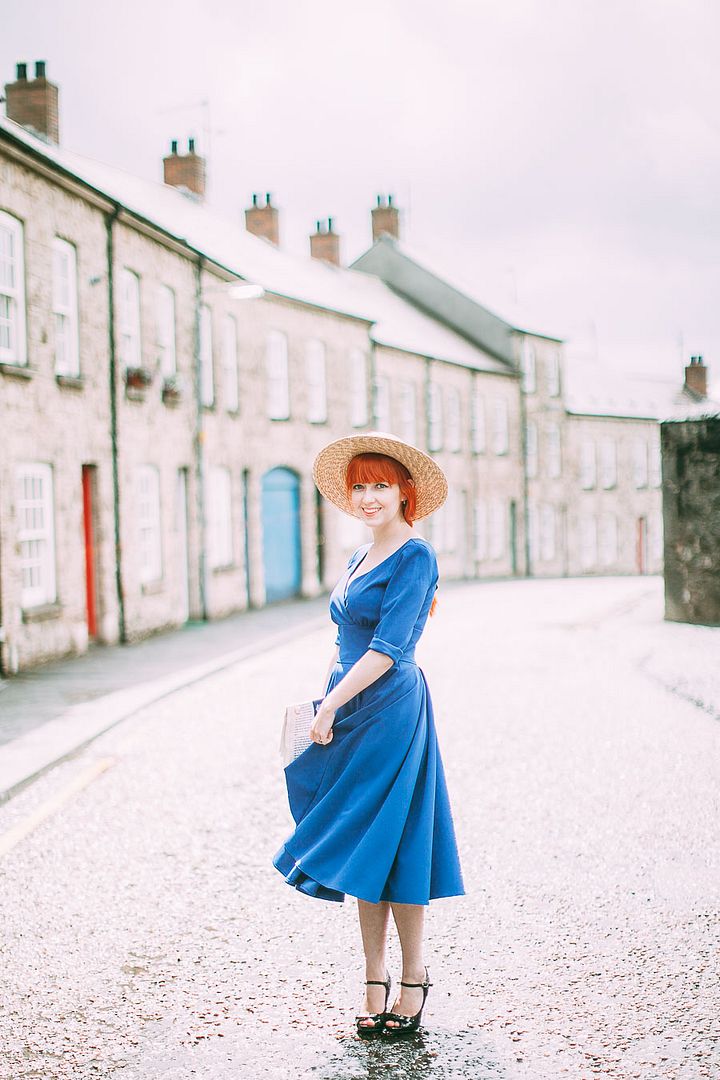
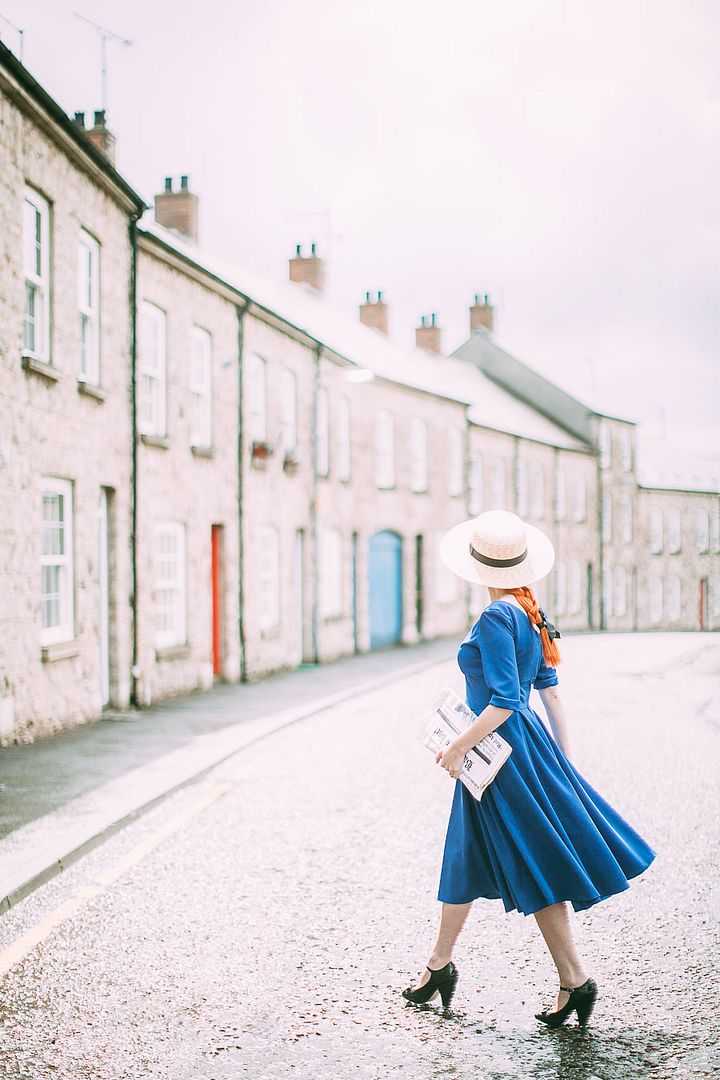
*pictures by Thomas*

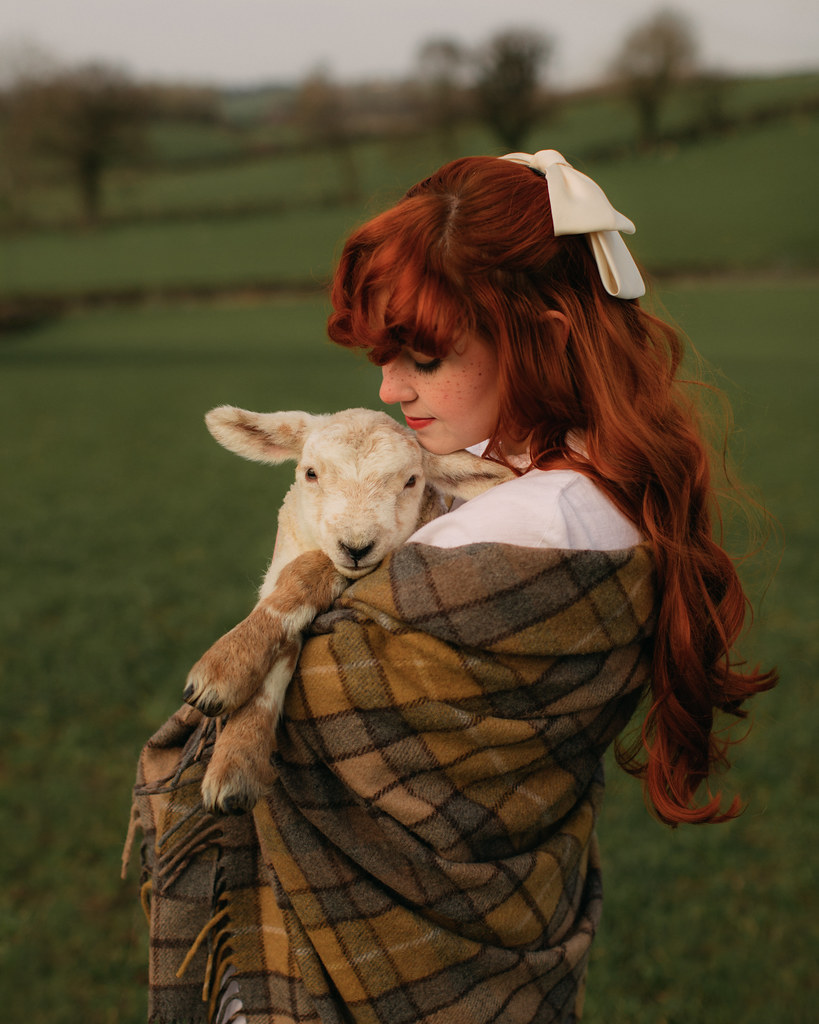


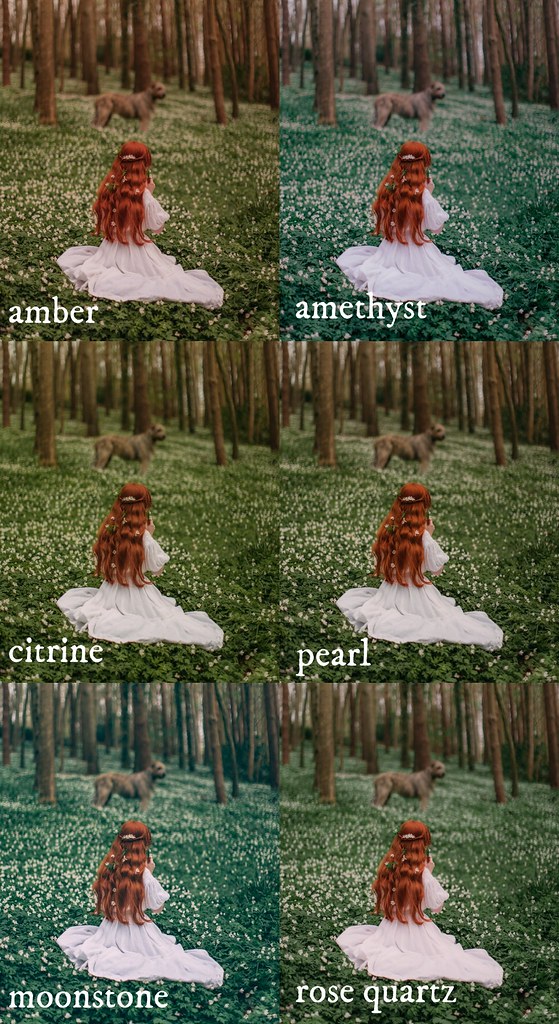
CONVERSATION